Home>Furniture & Design>Bathroom Accessories>Who Installs Handicap Grab Bars?
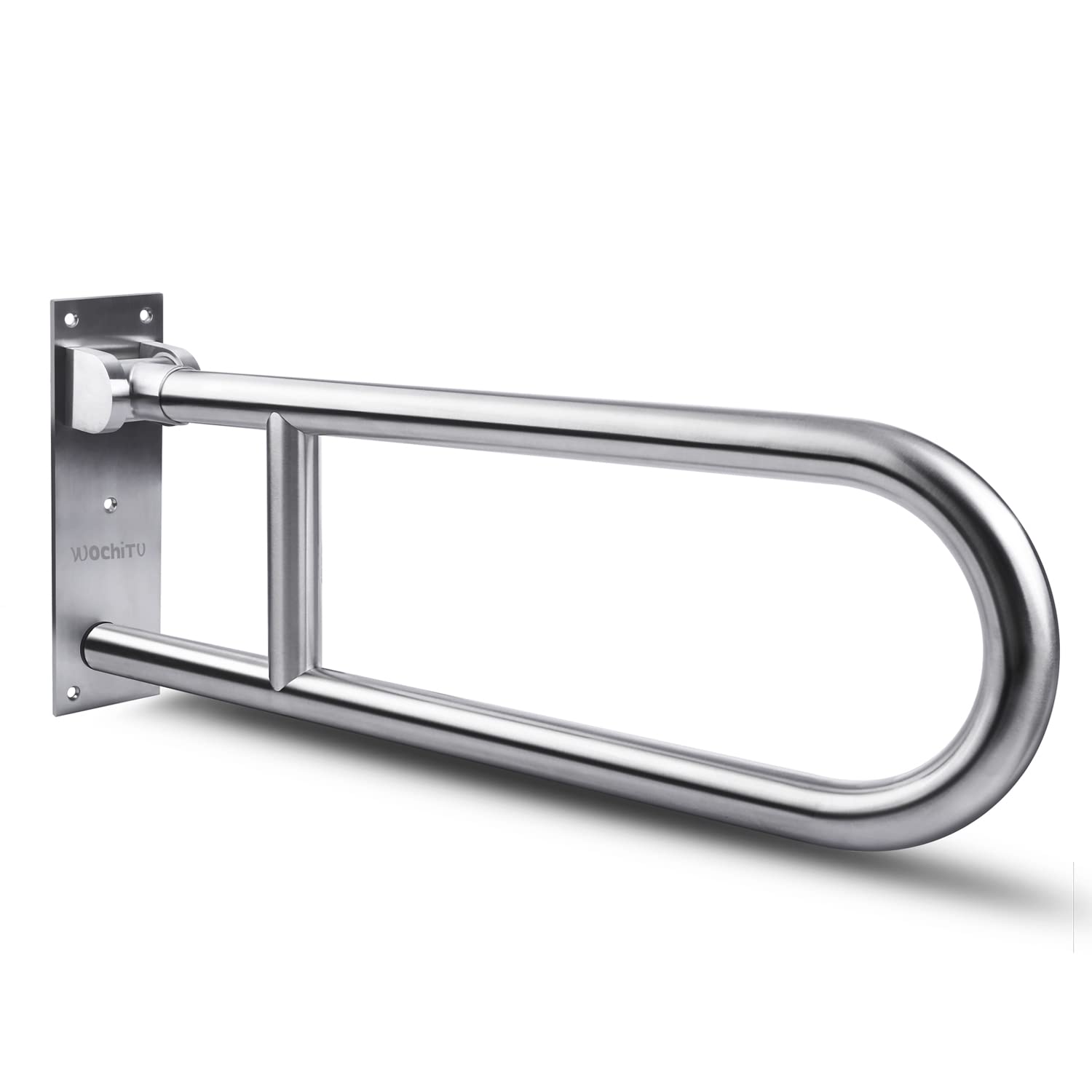

Bathroom Accessories
Who Installs Handicap Grab Bars?
Modified: February 18, 2024
Looking for professional installation of bathroom accessories like handicap grab bars? Find out who can help with your accessibility needs. Contact us today!
(Many of the links in this article redirect to a specific reviewed product. Your purchase of these products through affiliate links helps to generate commission for Storables.com, at no extra cost. Learn more)
Introduction
Installing handicap grab bars is a crucial aspect of creating a safe and accessible bathroom environment for individuals with mobility challenges. These essential bathroom accessories provide stability and support, reducing the risk of slips and falls, and offering a sense of independence and confidence to those with physical limitations. The installation of handicap grab bars is a task that requires precision, expertise, and a keen understanding of the specific needs of the individual using them. Various professionals and individuals are involved in the installation process, each contributing their unique skills and knowledge to ensure that the grab bars are securely and effectively installed.
In the following sections, we will explore the different individuals and professionals involved in the installation of handicap grab bars, shedding light on their roles and contributions. From homeowners and caregivers to contractors and occupational therapists, each plays a vital part in creating a safe and accessible bathroom environment for those in need. Let's delve into the details of how these individuals and professionals contribute to the installation of handicap grab bars, ultimately making a positive impact on the lives of those who benefit from these essential bathroom accessories.
Key Takeaways:
- Installing handicap grab bars involves a team effort! Homeowners, caregivers, contractors, and occupational therapists work together to create safe and supportive bathrooms for people with mobility challenges.
- Grab bar installation is not just about putting up bars. It’s a commitment to promoting independence, safety, and inclusivity for individuals with mobility limitations. It’s a team effort that makes a big difference!
Read more: Who Installs Grab Bars?
Homeowners
Homeowners play a pivotal role in the installation of handicap grab bars, as they are responsible for making their bathrooms safe and accessible for individuals with mobility challenges. When a homeowner decides to install handicap grab bars, it signifies a commitment to creating a supportive environment for family members or visitors with physical limitations. The process typically begins with the homeowner recognizing the need for grab bars, whether due to aging in place, a temporary injury, or a permanent disability. Once the decision is made, homeowners often seek guidance from professionals to ensure that the installation is carried out effectively and meets the specific needs of the individual using the bathroom.
In many cases, homeowners may consult occupational therapists or contractors specializing in accessibility modifications to assess the bathroom and determine the most suitable locations for the grab bars. This collaborative approach allows homeowners to benefit from the expertise of professionals who understand the ergonomic and safety considerations essential for effective grab bar installation. Additionally, homeowners may research and select the most appropriate grab bar designs and sizes to accommodate the specific requirements of the individual using the bathroom.
Furthermore, homeowners are responsible for coordinating the installation process, which may involve scheduling appointments with contractors or handyman services. Clear communication with the professionals involved is crucial to ensure that the installation aligns with the homeowner's expectations and the needs of the individual requiring the grab bars. Homeowners also bear the responsibility of ensuring that the installation complies with relevant building codes and safety standards, prioritizing the well-being and security of those using the bathroom.
In some instances, homeowners may opt to install grab bars themselves, particularly if they possess the necessary DIY skills and confidence. However, it is essential for homeowners to recognize the importance of precise installation to guarantee the grab bars' stability and reliability. Seeking professional guidance or assistance can significantly contribute to the successful installation of handicap grab bars, offering peace of mind to homeowners and enhancing the safety of their bathrooms.
Ultimately, homeowners play a crucial role in the installation of handicap grab bars by initiating the process, collaborating with professionals, and ensuring that the installation aligns with the specific needs of the individual using the bathroom. Their proactive approach and commitment to creating a safe and accessible environment contribute significantly to improving the quality of life for those with mobility challenges.
Caregivers
Caregivers are instrumental in the installation of handicap grab bars, as they are intimately involved in the daily care and well-being of individuals with mobility challenges. Their role extends beyond providing physical assistance, encompassing a deep understanding of the unique needs and preferences of those under their care. When it comes to installing handicap grab bars, caregivers often serve as advocates for the safety and independence of their loved ones, actively participating in the decision-making process and collaborating with professionals to ensure that the installation meets the specific requirements of the individual using the bathroom.
One of the primary responsibilities of caregivers is to recognize the importance of creating a safe and accessible bathroom environment for individuals with mobility limitations. They are attuned to the challenges and risks associated with navigating traditional bathrooms, and they play a pivotal role in advocating for the installation of grab bars to mitigate these concerns. Caregivers often work closely with occupational therapists or accessibility specialists to assess the bathroom and identify the most suitable locations for the grab bars, taking into account the individual's unique mobility and stability needs.
Furthermore, caregivers actively participate in the selection of grab bar designs and sizes, considering factors such as grip comfort, weight capacity, and aesthetic preferences. Their insights into the daily routines and challenges faced by the individual using the bathroom are invaluable in choosing grab bars that seamlessly integrate into the existing space while providing optimal support and safety.
In many cases, caregivers also coordinate the installation process, liaising with contractors or handyman services to schedule and oversee the installation of the grab bars. Clear communication and collaboration with professionals ensure that the installation aligns with the specific needs and preferences of the individual, reflecting the caregiver's commitment to enhancing their loved one's quality of life.
Moreover, caregivers play a crucial role in reinforcing the importance of using grab bars as part of the individual's daily routine. They provide guidance and support, encouraging the consistent and safe utilization of the grab bars to navigate the bathroom with confidence and independence. By actively promoting the benefits of grab bars, caregivers contribute to fostering a supportive and empowering bathroom environment for those under their care.
Ultimately, caregivers are essential advocates for the installation of handicap grab bars, leveraging their intimate knowledge of the individual's needs and actively participating in the decision-making and installation processes. Their dedication to promoting safety, independence, and well-being significantly impacts the lives of those with mobility challenges, creating a positive and supportive bathroom environment tailored to their specific requirements.
Many hardware stores offer installation services for handicap grab bars. You can also hire a handyman or contractor with experience in installing accessibility features.
Contractors
Contractors play a pivotal role in the installation of handicap grab bars, bringing expertise, precision, and specialized knowledge to ensure that these essential bathroom accessories are securely and effectively installed. As professionals experienced in home modifications and accessibility enhancements, contractors possess the skills and technical proficiency necessary to execute grab bar installations with meticulous attention to detail.
One of the primary contributions of contractors is their ability to assess the structural aspects of the bathroom and identify the most suitable locations for installing grab bars. This involves a comprehensive understanding of building codes, ADA (Americans with Disabilities Act) guidelines, and safety standards, enabling contractors to determine the optimal positioning of grab bars to provide maximum support and stability for individuals with mobility challenges. By leveraging their expertise, contractors can effectively evaluate the structural integrity of the walls and identify the appropriate anchoring methods to ensure the grab bars are securely mounted.
Moreover, contractors are adept at customizing grab bar installations to accommodate the specific needs and preferences of the individual using the bathroom. They collaborate with homeowners, caregivers, and occupational therapists to select grab bar designs, sizes, and finishes that seamlessly integrate with the bathroom's aesthetics while prioritizing functionality and safety. This collaborative approach ensures that the grab bars not only enhance accessibility but also complement the overall design of the bathroom, creating a cohesive and inclusive space.
In addition to their technical proficiency, contractors are equipped with the necessary tools and equipment to execute grab bar installations with precision and efficiency. From locating wall studs to drilling and anchoring, contractors employ industry-standard techniques to ensure that the grab bars are firmly secured, capable of supporting the weight and providing reliable stability for individuals with mobility limitations.
Furthermore, contractors prioritize clear communication and collaboration throughout the installation process, working closely with homeowners and caregivers to understand the specific requirements and expectations. This collaborative approach fosters a supportive and inclusive environment, where the expertise of contractors aligns with the unique needs of the individual using the bathroom, ultimately contributing to the successful and effective installation of handicap grab bars.
Ultimately, contractors play a vital role in the installation of handicap grab bars, leveraging their expertise, technical proficiency, and collaborative approach to create safe, accessible, and supportive bathroom environments for individuals with mobility challenges. Their contributions significantly impact the lives of those benefiting from grab bars, enhancing independence, confidence, and overall well-being within the bathroom space.
Occupational Therapists
Occupational therapists are integral to the installation of handicap grab bars, bringing a wealth of expertise in understanding the functional needs and abilities of individuals with mobility challenges. Their specialized knowledge allows them to assess the unique requirements of the individual using the bathroom and recommend tailored solutions to enhance accessibility and safety.
One of the primary contributions of occupational therapists is their comprehensive evaluation of the individual's abilities and limitations within the bathroom environment. They conduct thorough assessments to identify specific challenges related to mobility, balance, and stability, considering factors such as transfer techniques, reach capabilities, and weight-bearing abilities. This in-depth understanding enables occupational therapists to determine the precise locations for installing grab bars, ensuring that they offer optimal support and facilitate independent movement within the bathroom.
Moreover, occupational therapists collaborate closely with homeowners, caregivers, and contractors to provide valuable insights into the ergonomic and safety considerations essential for effective grab bar installation. Their expertise in human anatomy, biomechanics, and assistive technology allows them to recommend grab bar designs, sizes, and configurations that align with the individual's unique needs, promoting comfort, stability, and usability.
In addition to their assessment and recommendation roles, occupational therapists play a crucial part in educating individuals and caregivers about the proper utilization of grab bars. They provide guidance on safe transfer techniques, body mechanics, and the incorporation of grab bars into daily routines, empowering individuals to navigate the bathroom with confidence and independence. By fostering a proactive and supportive approach to using grab bars, occupational therapists contribute to enhancing the individual's overall well-being and quality of life.
Furthermore, occupational therapists advocate for inclusive and accessible design principles, emphasizing the importance of creating environments that accommodate diverse abilities. Their insights into universal design concepts and adaptive strategies inform the installation of grab bars in a manner that promotes inclusivity and usability for individuals with varying levels of mobility.
Ultimately, occupational therapists bring a holistic and person-centered approach to the installation of handicap grab bars, leveraging their expertise to create safe, accessible, and empowering bathroom environments. Their contributions significantly impact the lives of individuals with mobility challenges, fostering independence, safety, and a sense of inclusion within the bathroom space.
Read more: How To Install Grab Bars On Tile
Conclusion
In conclusion, the installation of handicap grab bars is a collaborative effort that involves homeowners, caregivers, contractors, and occupational therapists, each contributing their unique skills and expertise to create safe, accessible, and supportive bathroom environments for individuals with mobility challenges. The proactive involvement of homeowners in recognizing the need for grab bars and coordinating the installation process reflects a commitment to enhancing the safety and well-being of their loved ones. Caregivers, as advocates for the daily care and independence of individuals with mobility limitations, play a pivotal role in promoting the installation of grab bars and ensuring their effective utilization. Contractors bring technical proficiency, precision, and collaborative expertise to execute grab bar installations that prioritize functionality, safety, and aesthetic integration within the bathroom space. Occupational therapists, with their specialized knowledge of human abilities and assistive technology, contribute valuable insights into the ergonomic considerations and inclusive design principles essential for effective grab bar installation.
The collective efforts of these individuals and professionals culminate in the creation of inclusive and empowering bathroom environments, where individuals with mobility challenges can navigate with confidence, independence, and dignity. The successful installation of handicap grab bars not only enhances safety and accessibility but also fosters a sense of inclusivity and support within the home. By leveraging their respective skills and expertise, these contributors play a vital role in improving the quality of life for those benefiting from grab bars, promoting independence, confidence, and overall well-being within the bathroom space.
As we reflect on the collaborative nature of grab bar installation, it becomes evident that the collective commitment to creating safe and accessible bathroom environments has a profound impact on the lives of individuals with mobility challenges. The installation of grab bars transcends the physical act of mounting accessories; it symbolizes a dedication to fostering independence, promoting safety, and embracing inclusivity within the home. Through the combined efforts of homeowners, caregivers, contractors, and occupational therapists, the installation of handicap grab bars becomes a testament to the transformative power of collaboration and empathy, ultimately enhancing the lives of those who benefit from these essential bathroom accessories.
Frequently Asked Questions about Who Installs Handicap Grab Bars?
Was this page helpful?
At Storables.com, we guarantee accurate and reliable information. Our content, validated by Expert Board Contributors, is crafted following stringent Editorial Policies. We're committed to providing you with well-researched, expert-backed insights for all your informational needs.
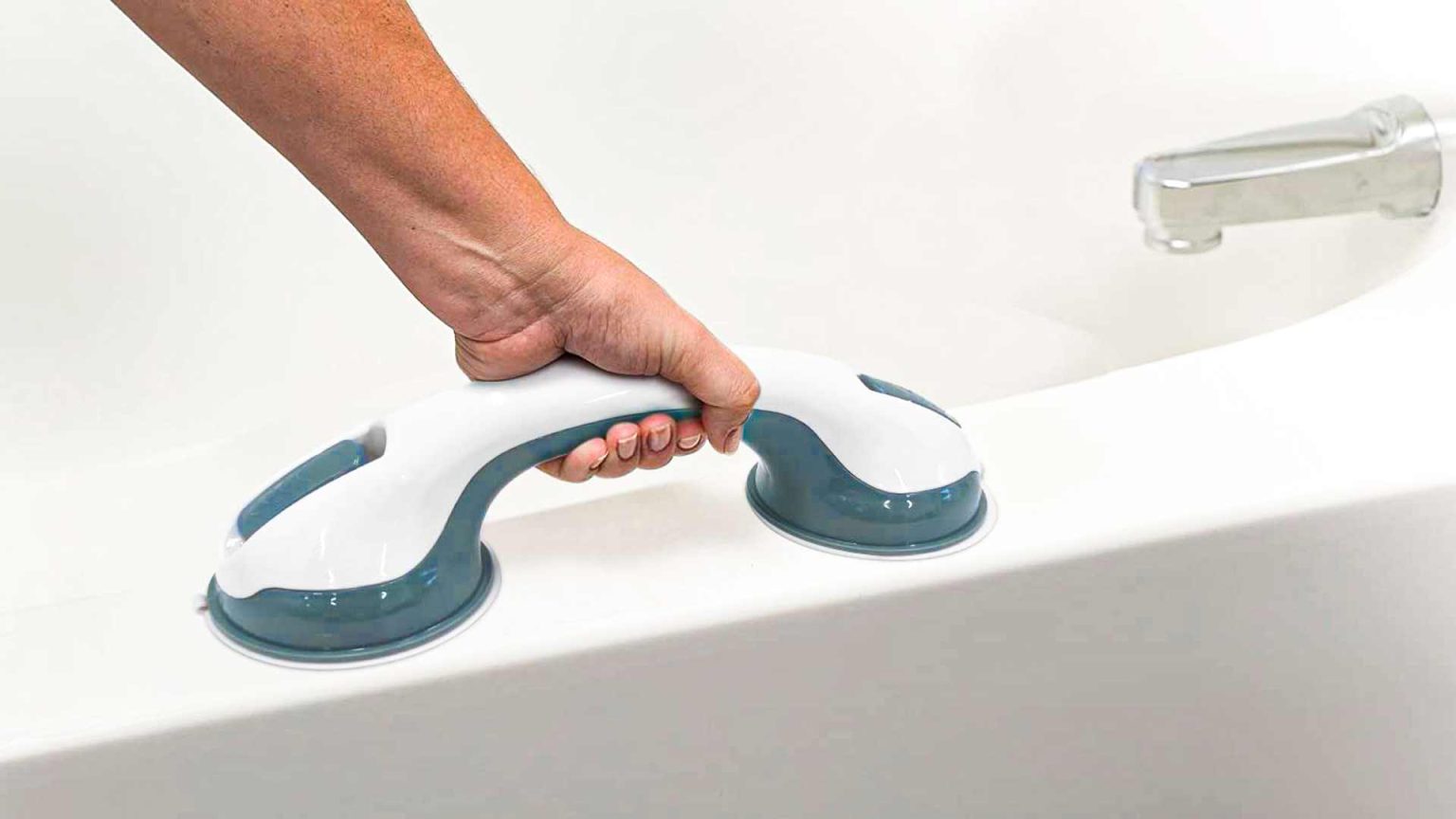
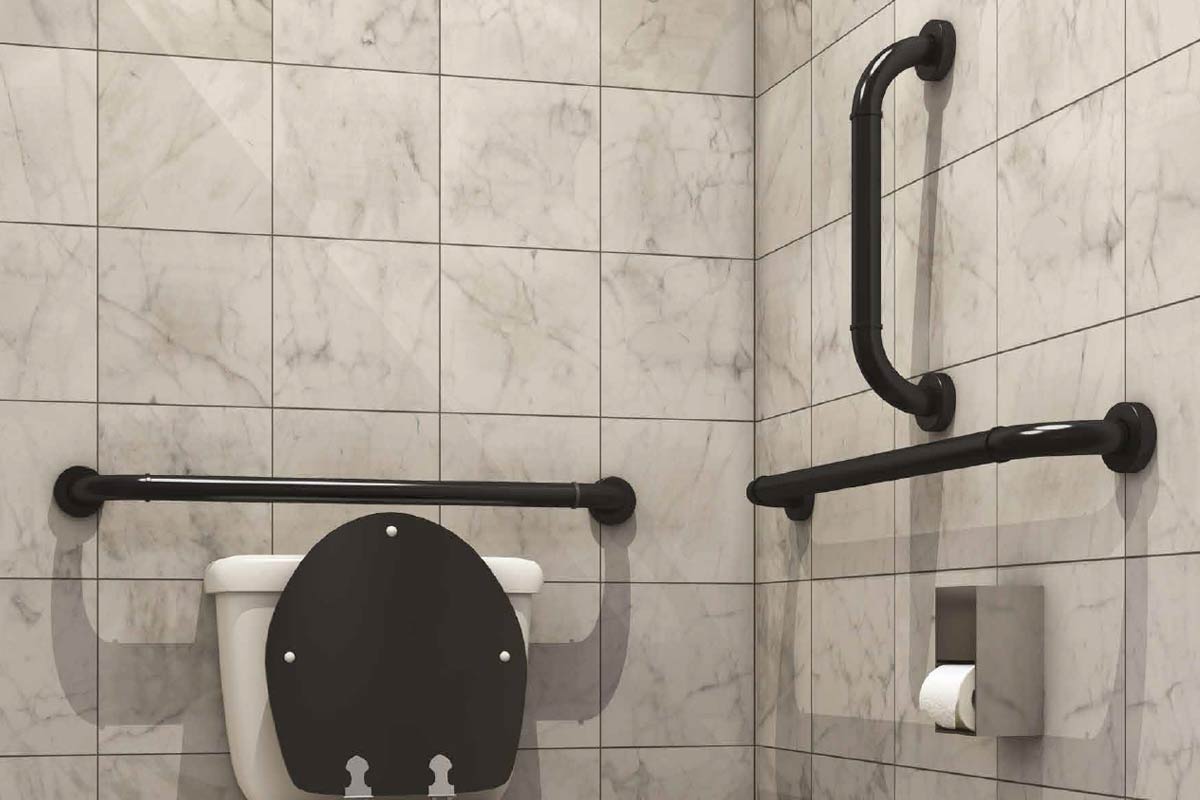
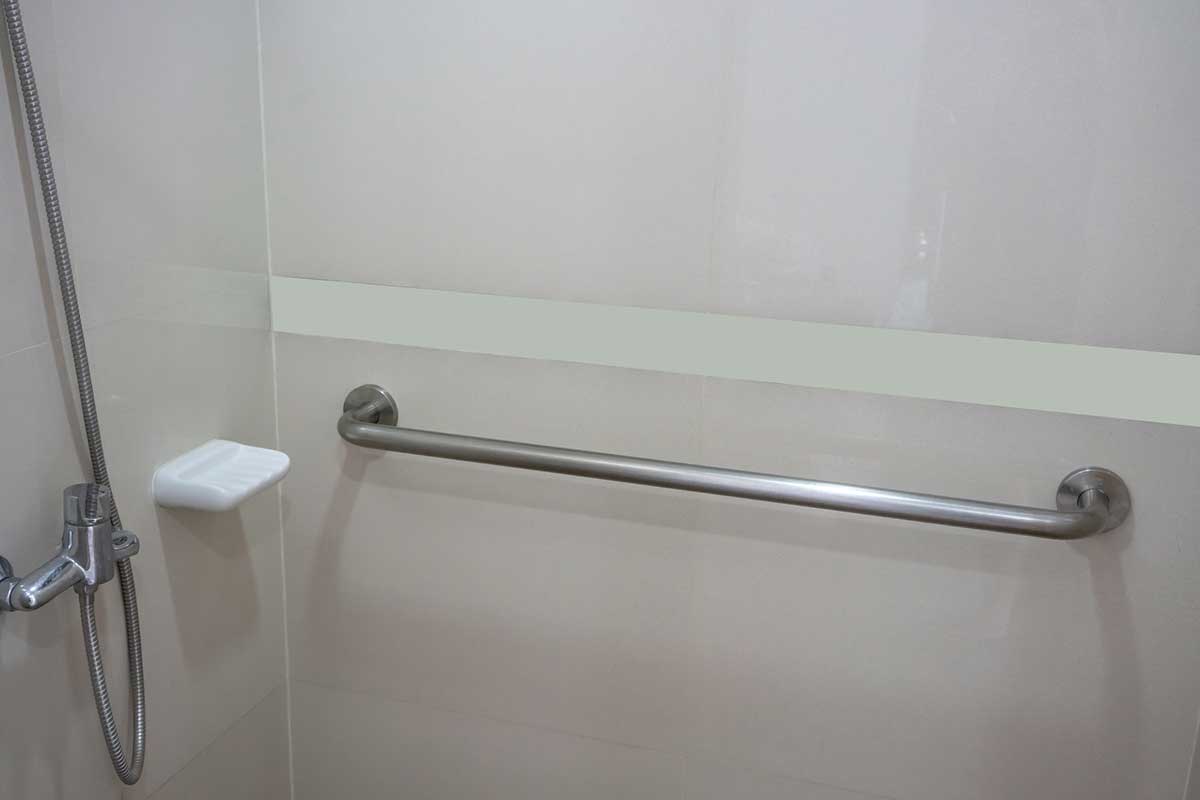
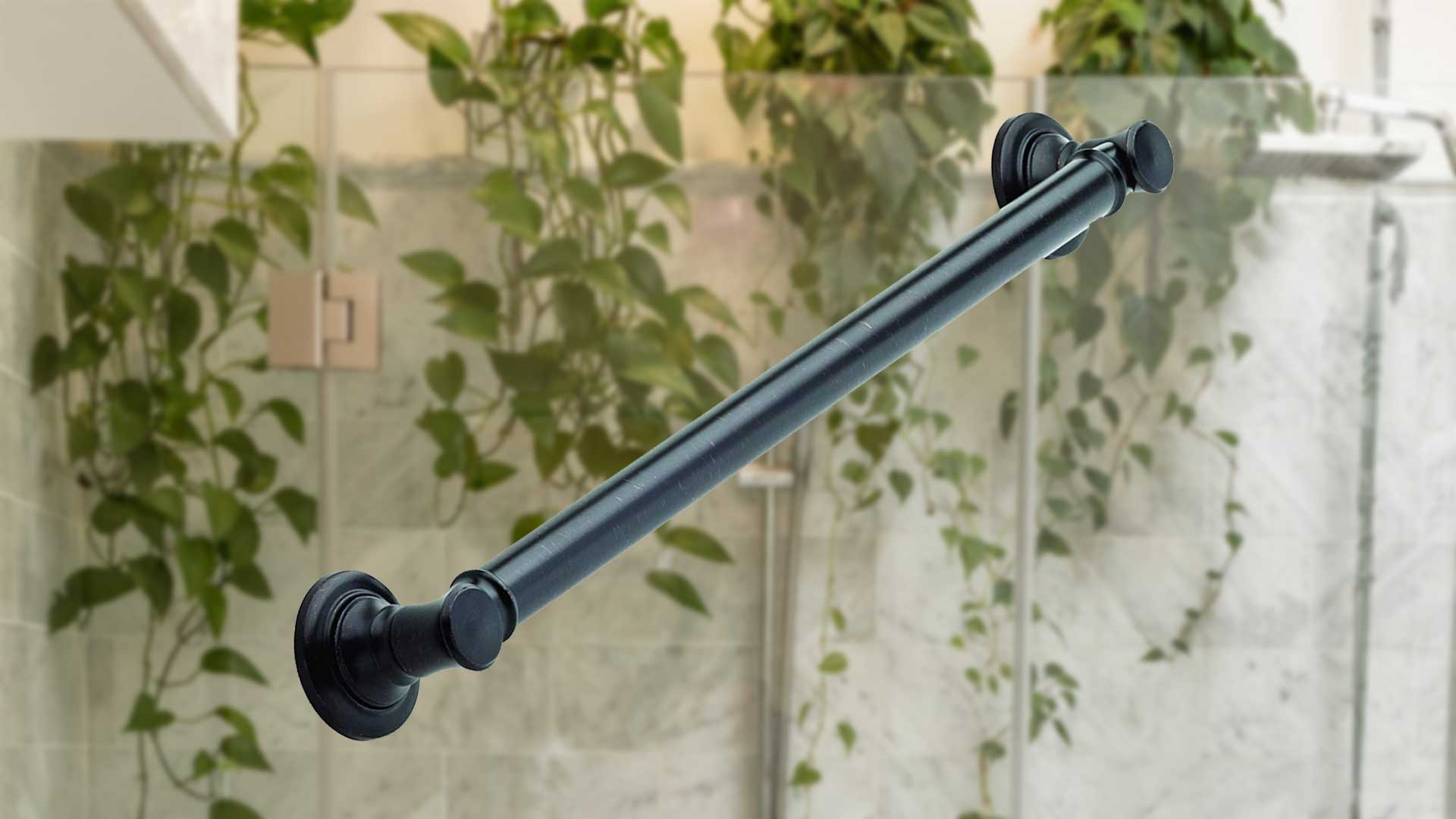
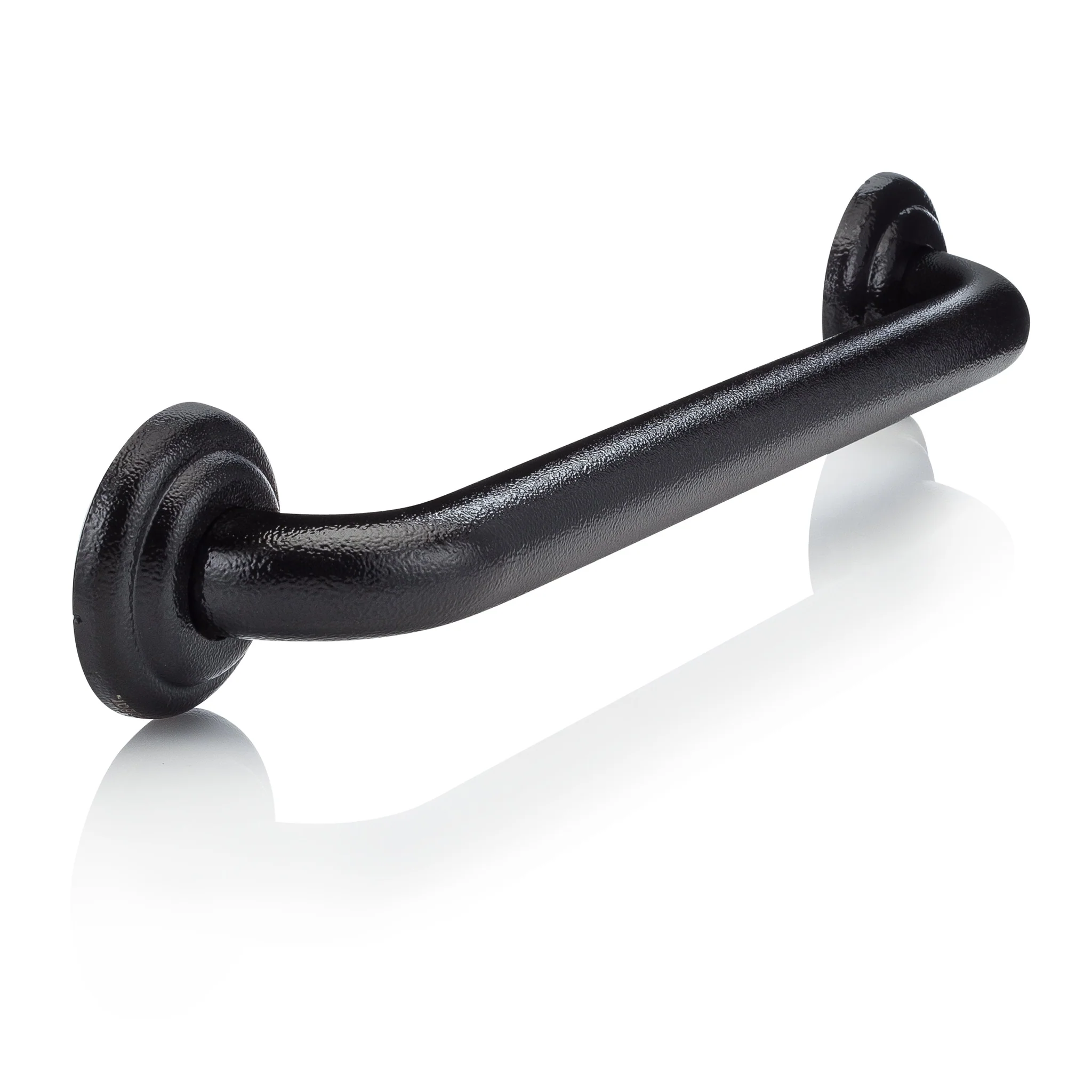
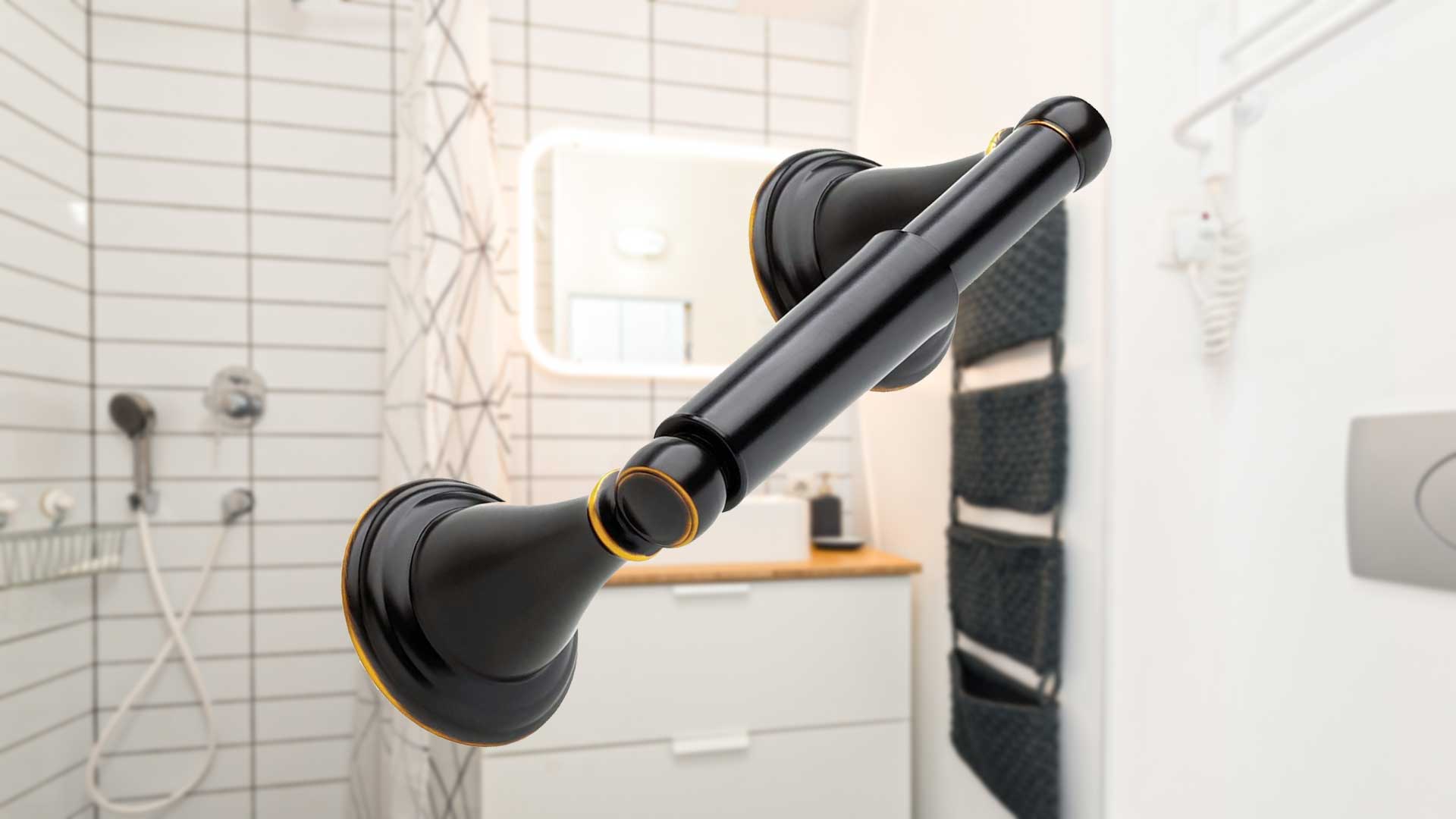
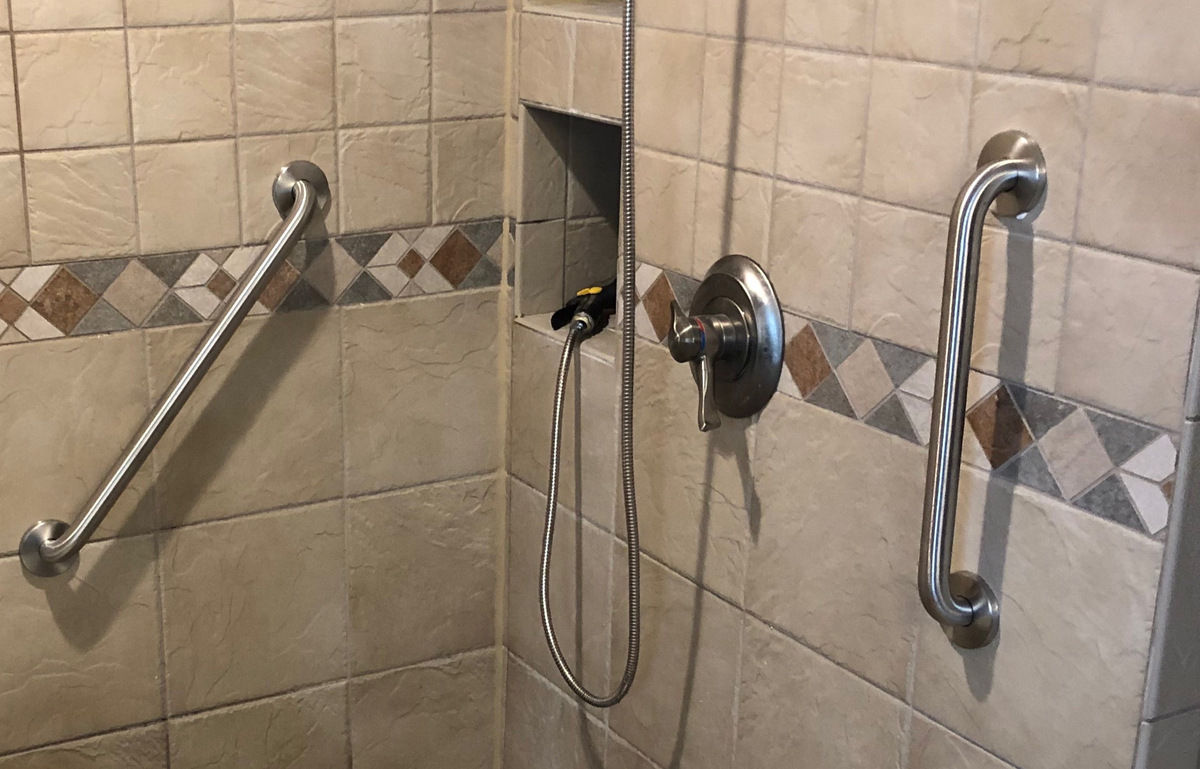
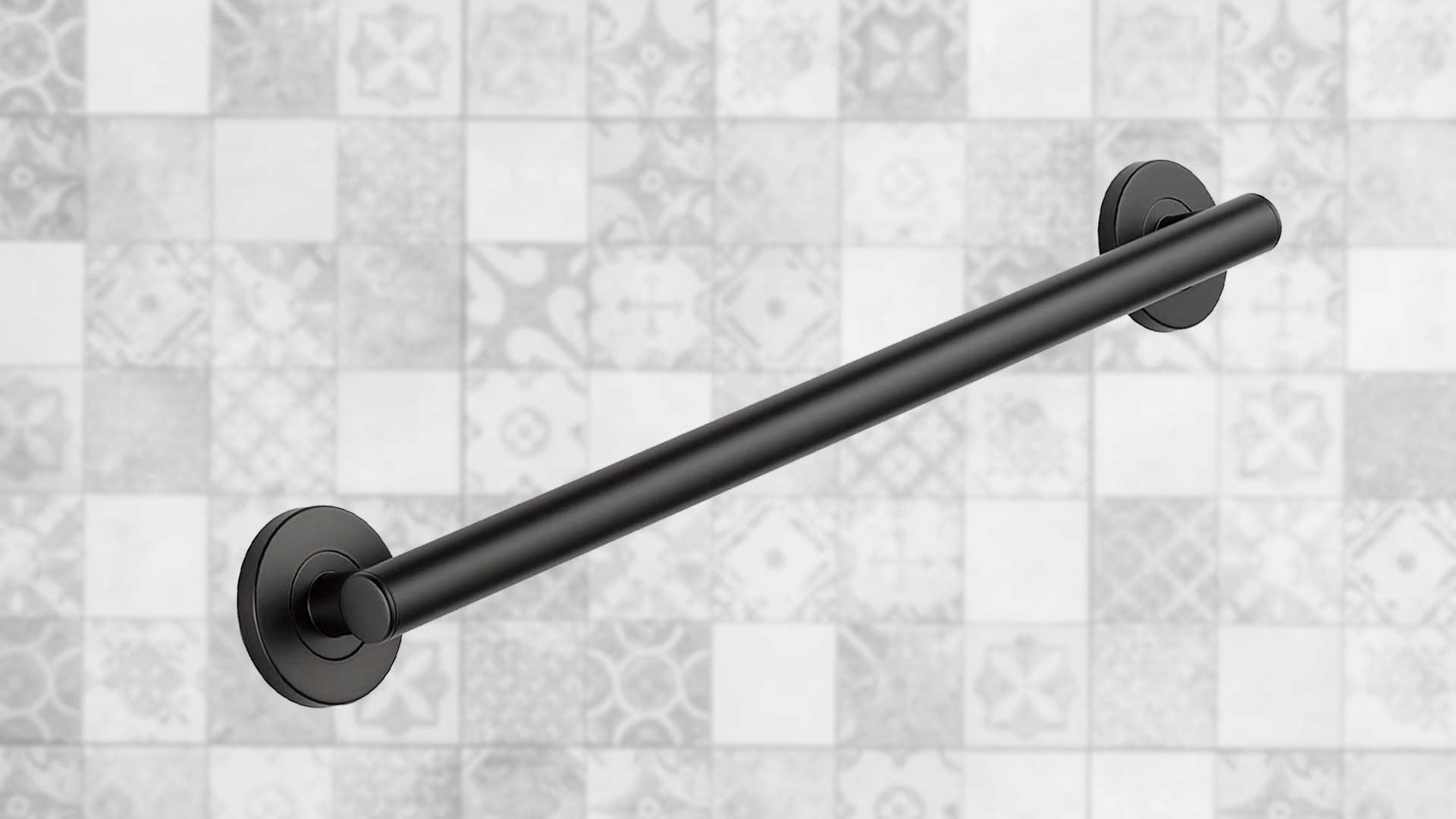
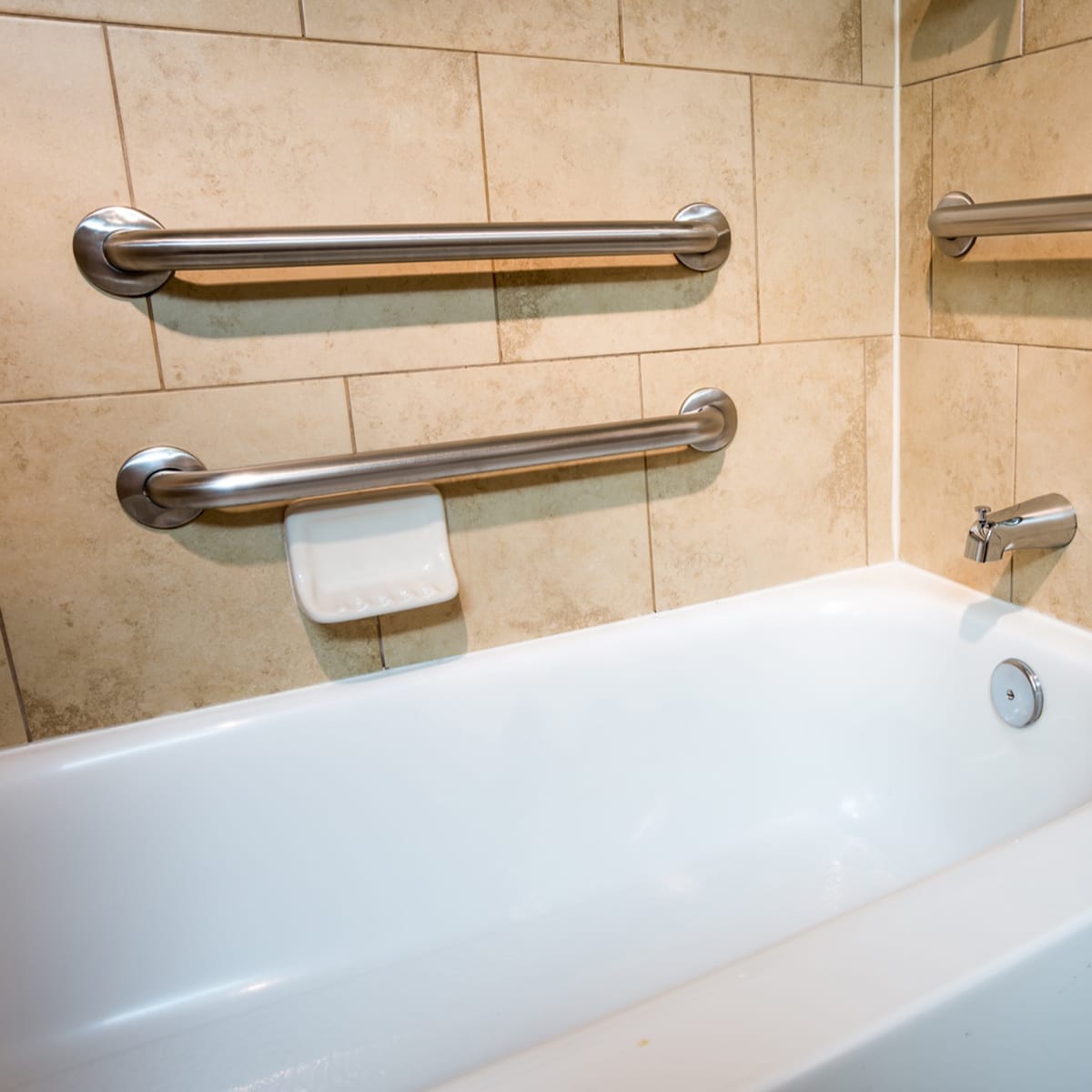
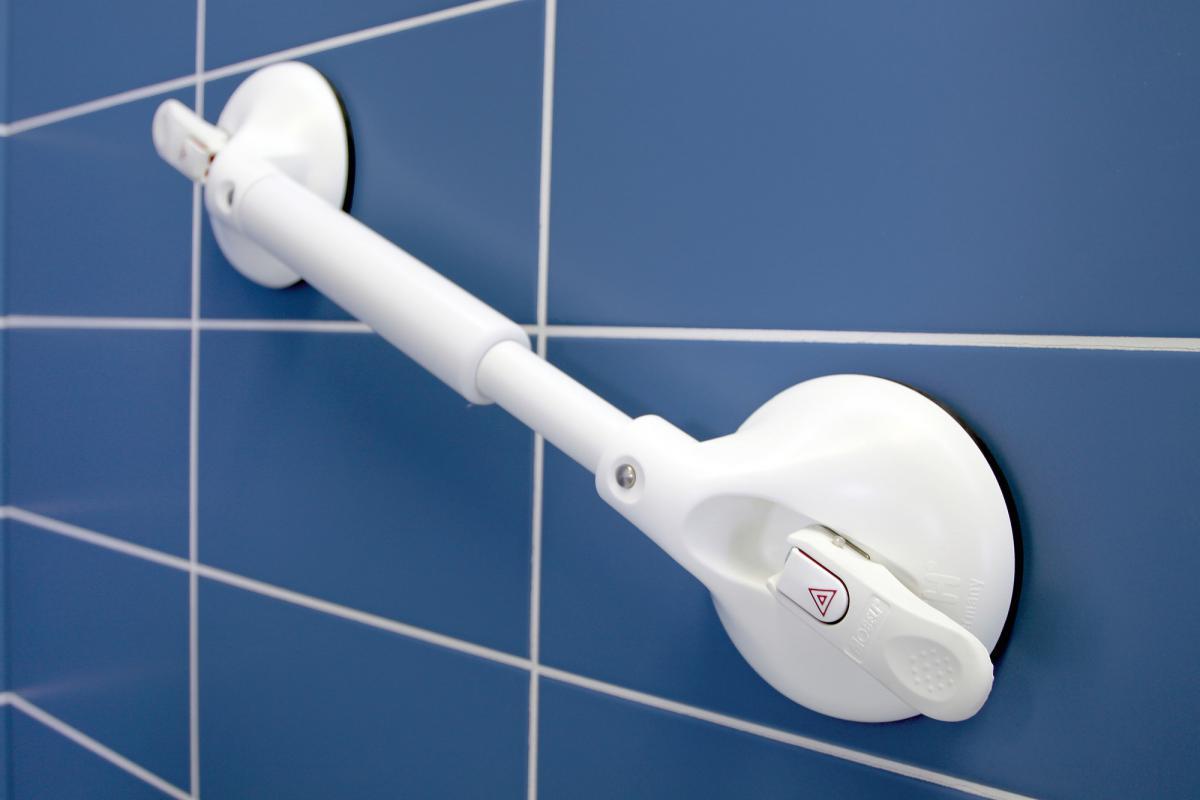
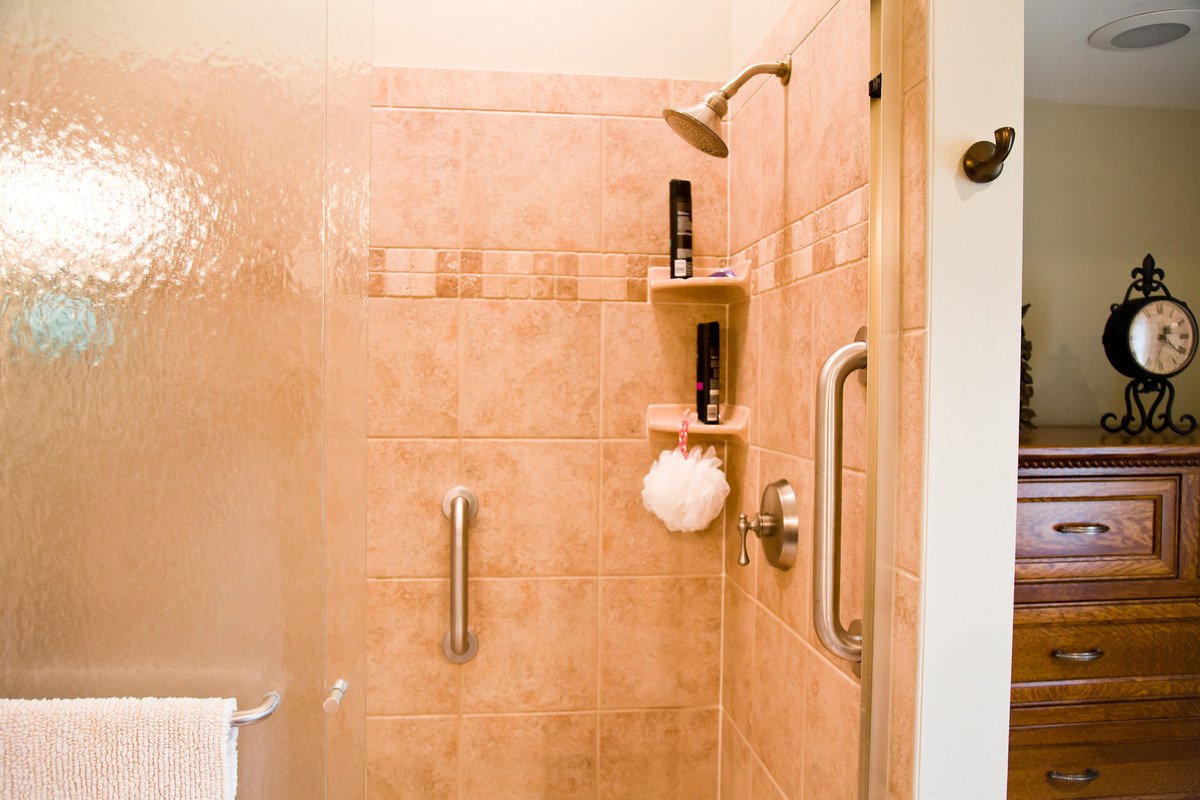
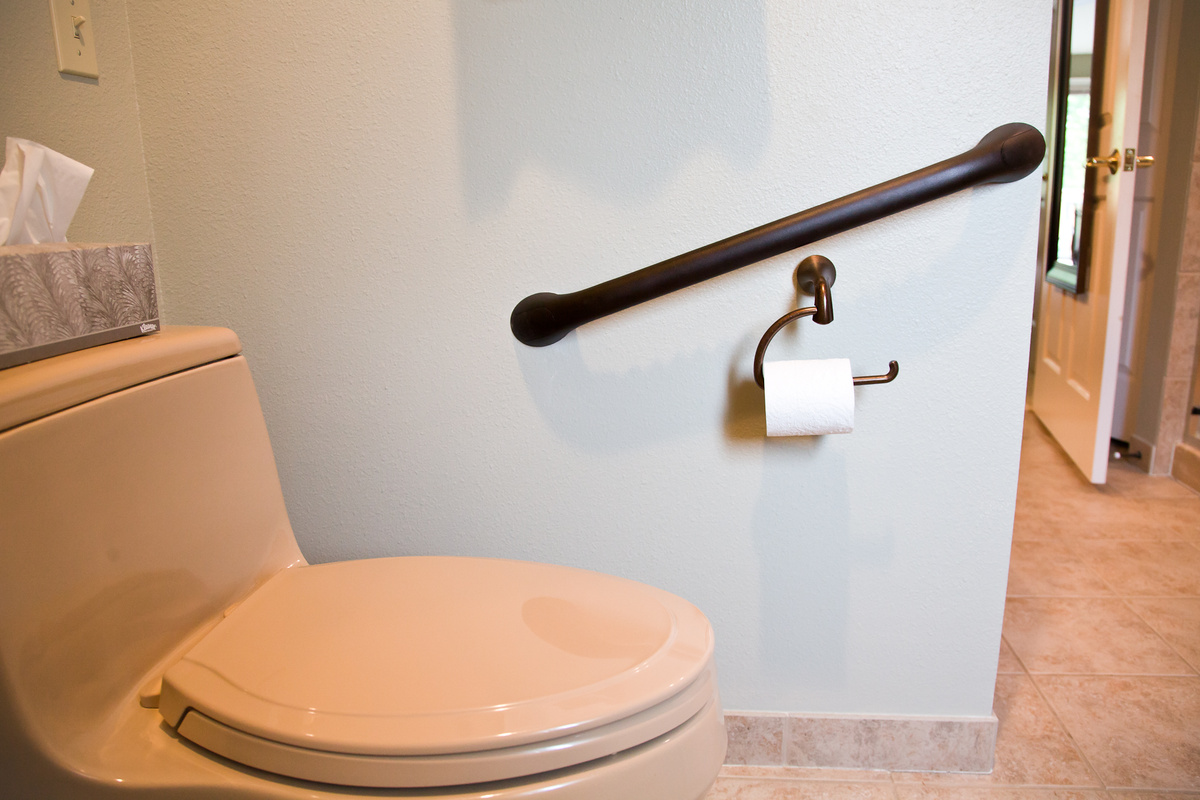
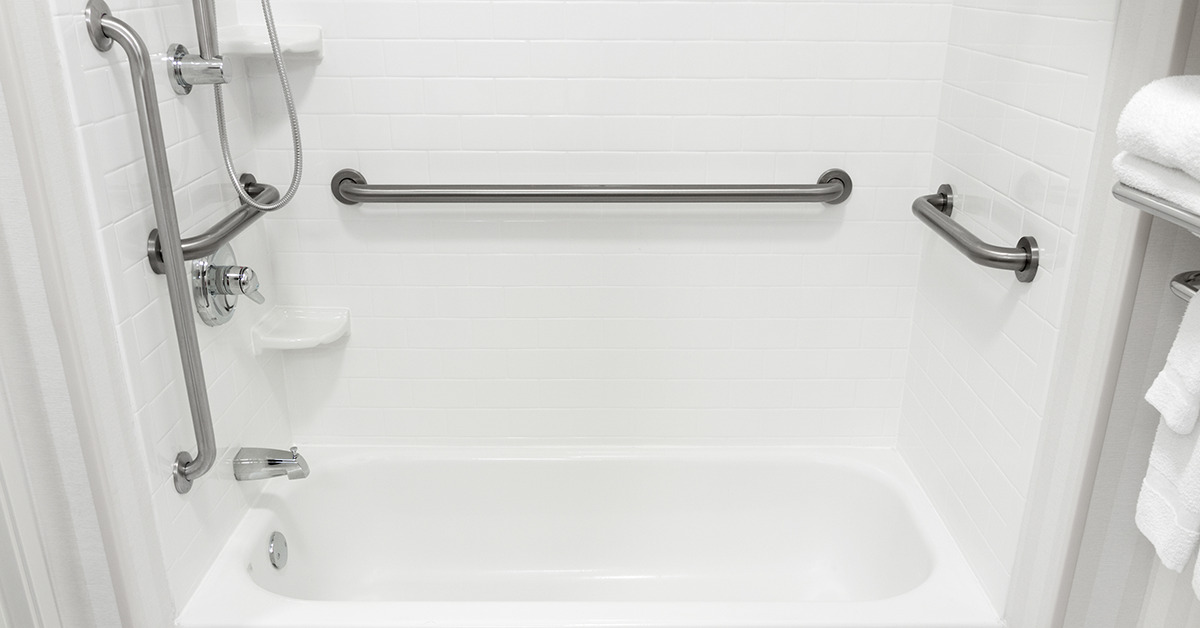
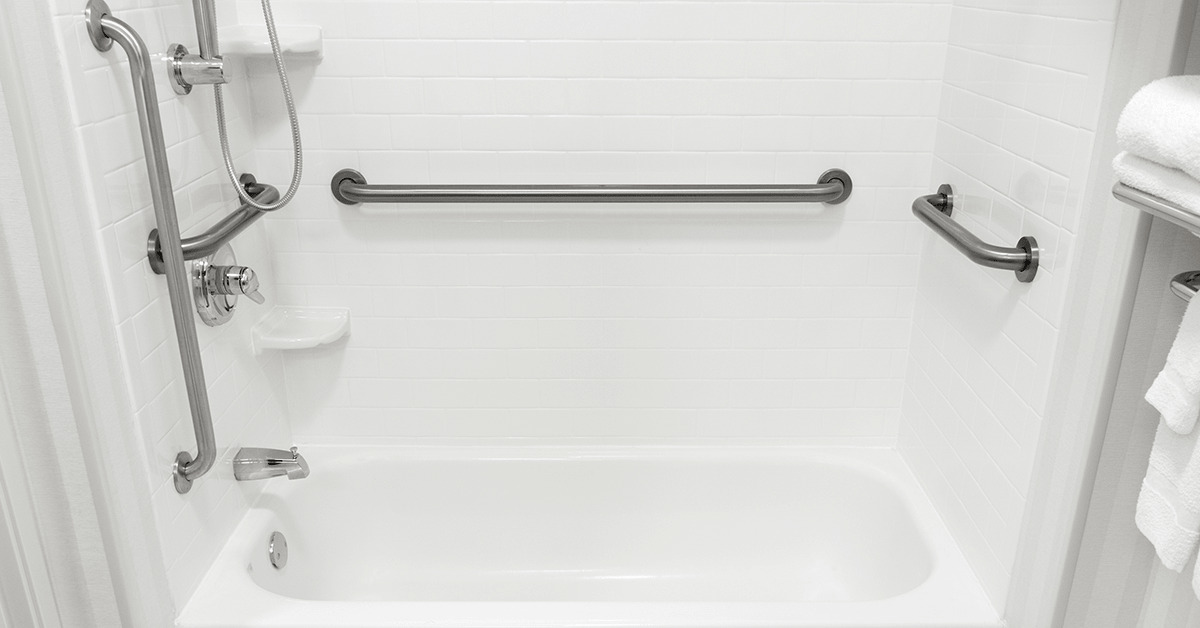

0 thoughts on “Who Installs Handicap Grab Bars?”